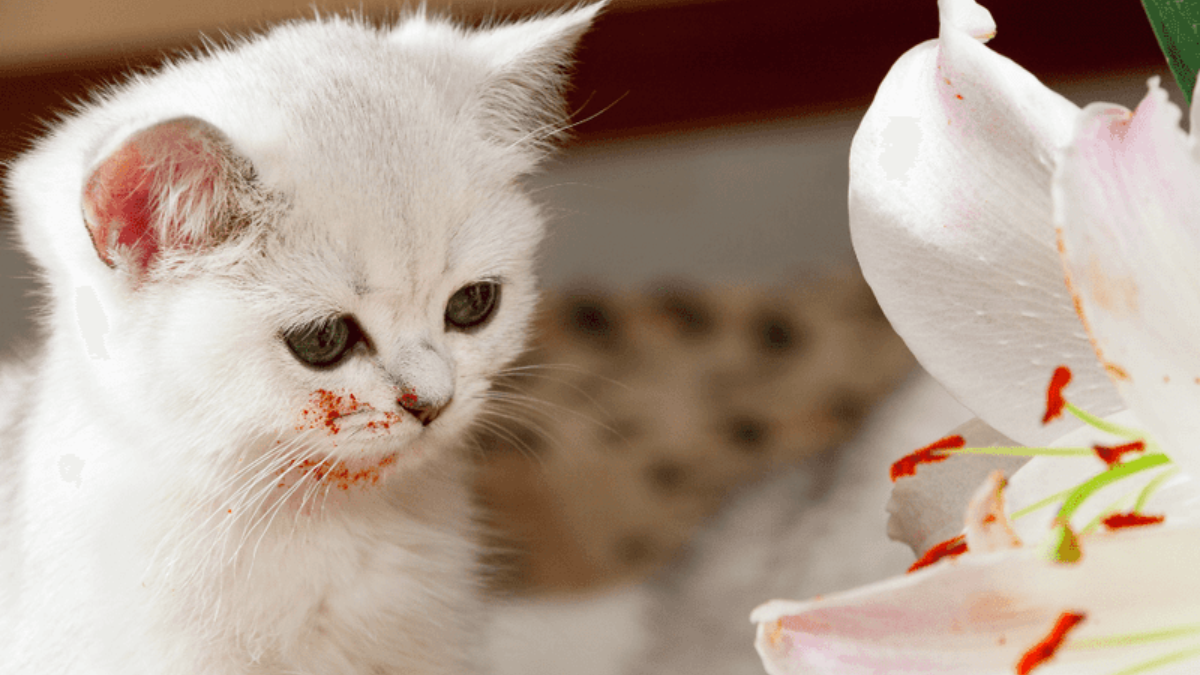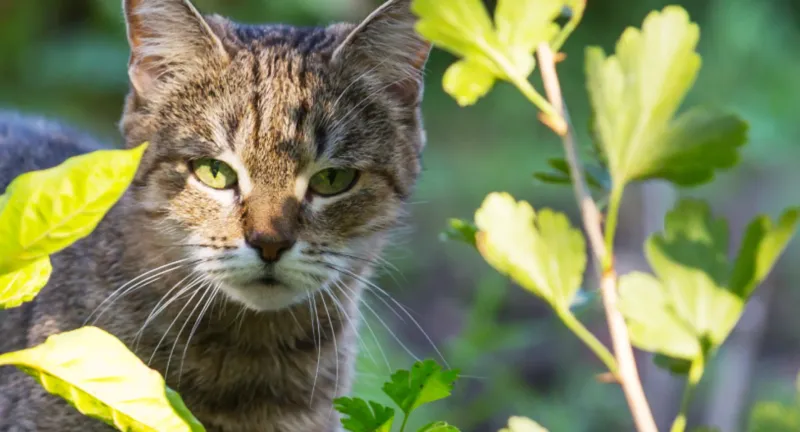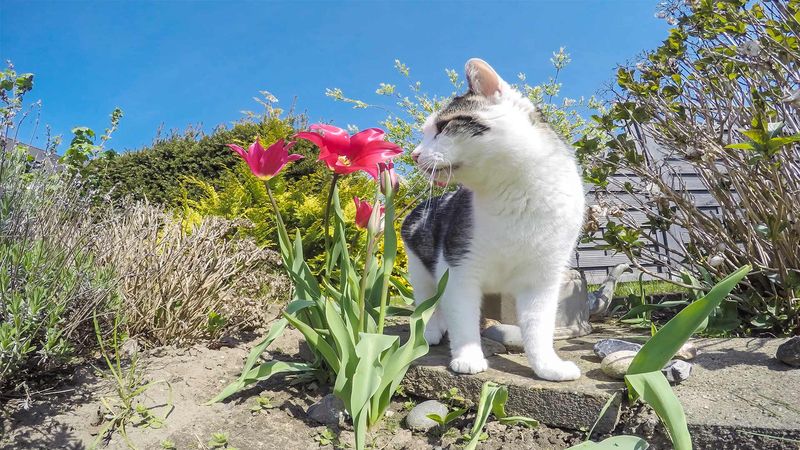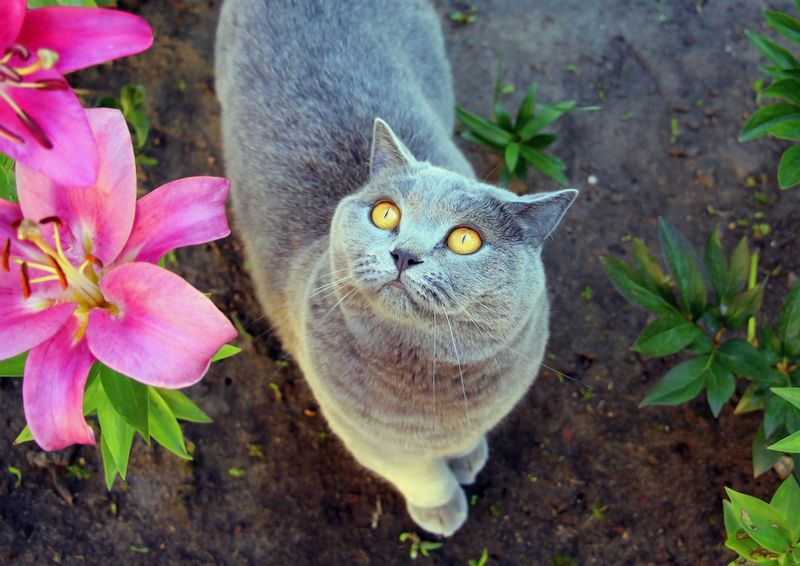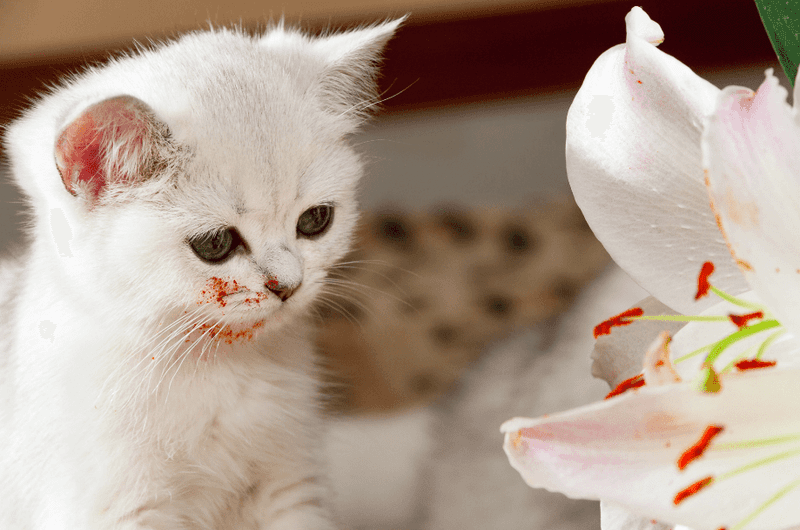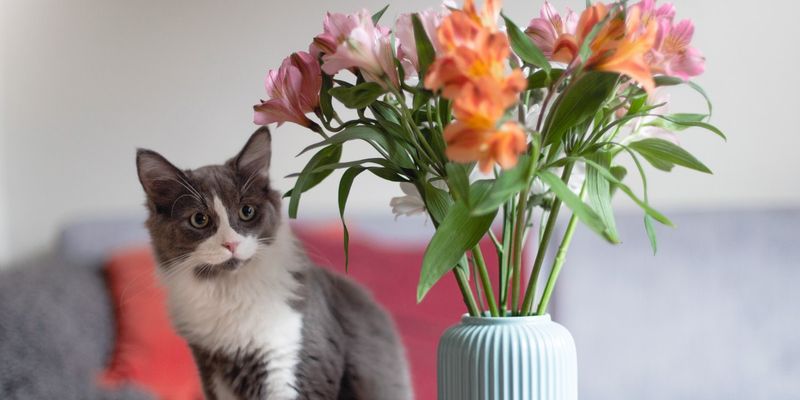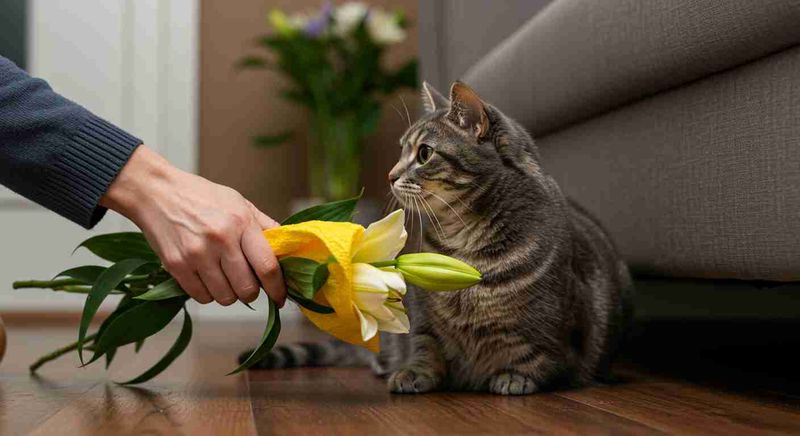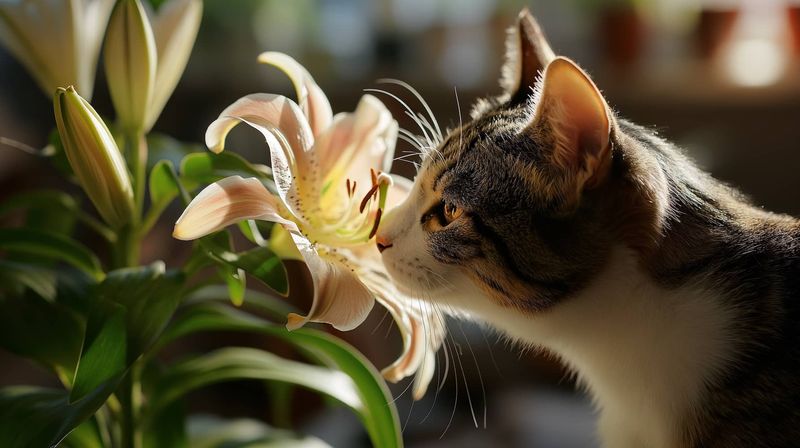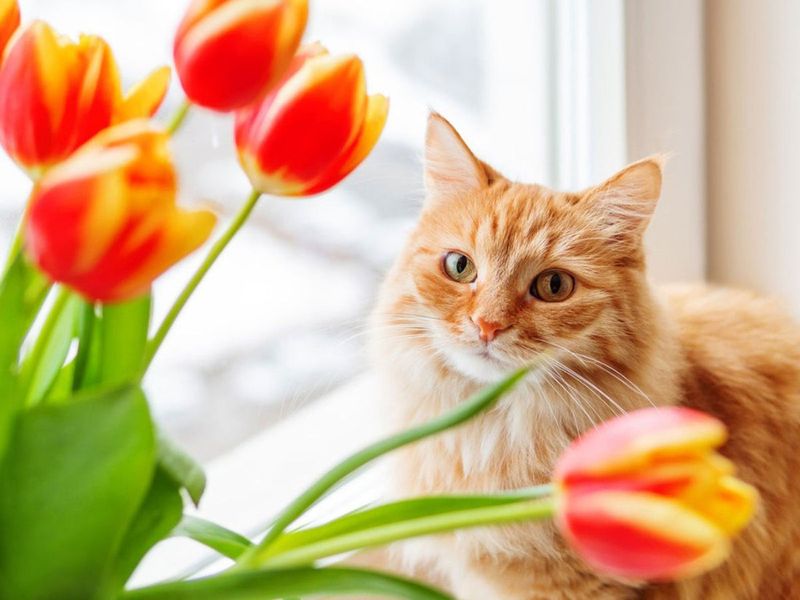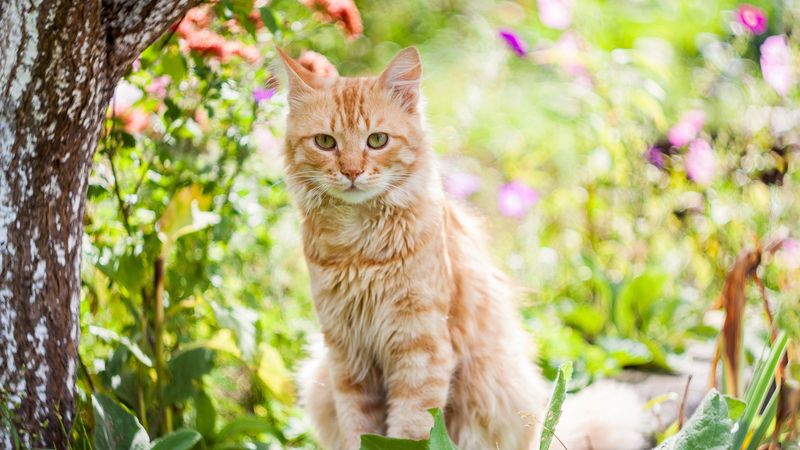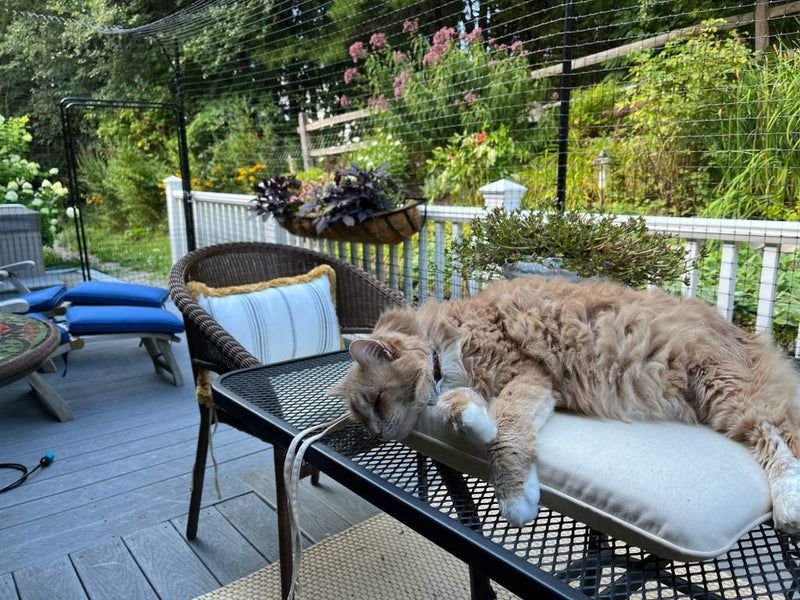📖 Table of Content:
- 1. The Danger of Lilies
- 2. Specific Lilies to Avoid
- 3. Symptoms of Lily Poisoning
- 4. Immediate Actions for Suspected Ingestion
- 5. Preventive Measures
- 6. Common Misconceptions About Lilies
- 7. The Role of Education
- 8. Alternatives to Lilies in Floral Arrangements
- 9. Understanding Plant Labels
- 10. Creating a Safe Outdoor Environment
Lilies are admired for their elegance and sweet fragrance, but they also carry a hidden danger for cats. Many cat owners may not realize the potential risks lilies pose to their pets. Understanding the toxic nature of these plants is crucial for ensuring the safety and well-being of feline companions.
Certain types of lilies, though beautiful, can be particularly harmful to cats if ingested. The symptoms of lily poisoning can appear quickly, often leading to serious health complications. Recognizing the signs of poisoning early and taking immediate action can save a cat’s life.
Precautions must be taken to keep lilies out of reach and protect cats from exposure. Knowing which lilies are most dangerous and how to spot the first signs of poisoning is essential. Being informed about the risks associated with lilies helps cat owners create a safer environment for their pets.
1. The Danger of Lilies
Lilies might grace homes with vibrant colors, but they spell trouble for cats. Even small amounts ingested can be toxic. Curious felines might nibble on a petal or lick pollen from their fur. Each part of the plant, including leaves, flowers, and pollen, harbors the poison.
Immediate veterinary care is crucial if ingestion occurs. Ensuring lilies are out of reach, or better yet, not in the home at all, can prevent a potentially life-threatening situation. Educating yourself on this risk is the first step in safeguarding your furry friend’s health.
2. Specific Lilies to Avoid
Easter, Tiger, and Asiatic lilies are particularly dangerous to cats. These common varieties may look innocent but contain toxins that can cause kidney failure. Cats are naturally drawn to their enticing smell and bright colors. Removing these lilies from your home or garden could save your pet’s life.
If your cat is an outdoor explorer, ensure neighbors’ gardens don’t harbor these deadly beauties. Awareness of these specific lilies could be the difference between a healthy cat and a tragic outcome.
3. Symptoms of Lily Poisoning
Recognizing the symptoms of lily poisoning can be lifesaving. Vomiting, lethargy, and lack of appetite are common initial signs. As the toxin progresses, more severe symptoms can occur, such as kidney failure. Prompt veterinary intervention is imperative.
If you suspect your cat has ingested any part of a lily, acting quickly can make a significant difference. It’s heartbreaking to see a beloved pet suffer, so being vigilant and knowing what to watch for can protect them from this silent threat.
4. Immediate Actions for Suspected Ingestion
Should you suspect your cat has consumed a lily, swift intervention is necessary. Get in touch with your vet immediately, even if there are no obvious signs of distress. Time is crucial, and delaying treatment could cause irreversible harm. Your vet might induce vomiting or administer activated charcoal to counter the toxin.
Always keep your veterinarian’s number handy and have an emergency plan in place. The faster you act, the better the chances of preventing serious harm. Being prepared can make all the difference for your feline friend.
5. Preventive Measures
Prevention starts with removing all lilies from your home and garden. Consider replacing them with cat-safe plants like spider plants or Boston ferns. If gifting flowers, request bouquets without lilies. Educating friends and family about the risk can help expand your safety net.
Keeping a vigilant eye on your pet’s surroundings is another key preventive measure. By making informed choices, you create a safe and happy environment for your cat, free from hidden dangers like toxic lilies.
6. Common Misconceptions About Lilies
Many believe only certain lilies are harmful, but even non-toxic varieties can pose risks. Cats might still suffer from mild symptoms if they ingest large amounts. Confusion arises from similar-looking plants being mistaken for true lilies.
Awareness of the floral family and accurate identification can prevent misunderstandings. It’s crucial to educate yourself on which plants are safe and which aren’t. By clearing up misconceptions, you can better protect your cat and ensure they remain out of harm’s way.
7. The Role of Education
Education plays a pivotal role in protecting your cat from lily poisoning. Knowledge empowers you to make informed decisions about your pet’s environment. Sharing information with fellow cat owners can also spread awareness and prevent accidents.
Understanding the stakes and risks associated with lilies ensures you’re prepared to act swiftly if needed. By creating a community of informed pet owners, you contribute to a safer world for all feline companions. Embrace the role of educator and protector for the well-being of your pet.
8. Alternatives to Lilies in Floral Arrangements
Floral arrangements need not compromise your cat’s safety. Many beautiful, non-toxic flowers can replace lilies. Roses, sunflowers, and zinnias add color without risk. When gifting, choose arrangements free from lilies to avoid accidental exposure. Florists often offer alternatives suitable for homes with pets.
By opting for these safer choices, you enjoy floral beauty while keeping your cat out of danger. Flowers can bring joy and elegance without the hidden peril, ensuring peace of mind for all pet lovers.
9. Understanding Plant Labels
Knowing how to read plant labels is essential for cat owners. Many labels include toxicity information that can guide your purchasing decisions. When shopping for plants, always check for any warnings regarding pet safety. If unsure, consult with nursery staff or conduct research before bringing a new plant home.
Being informed means you can adorn your living space with confidence, ensuring every plant is a friend, not a foe, to your furry companion. Awareness starts with each label’s small print.
10. Creating a Safe Outdoor Environment
Setting up an outdoor space for your cat is more than selecting the right plants. A sturdy fence will help keep your cat away from harmful situations. Use safe mulch and avoid toxic chemicals that could harm your pet.
Establishing a secure area allows your cat to enjoy the outdoors without risk. Regularly inspect the space for any new hazards. By designing a tailored environment, you offer your pet a joyful and safe outdoor experience. This careful planning reflects your commitment to their well-being.
